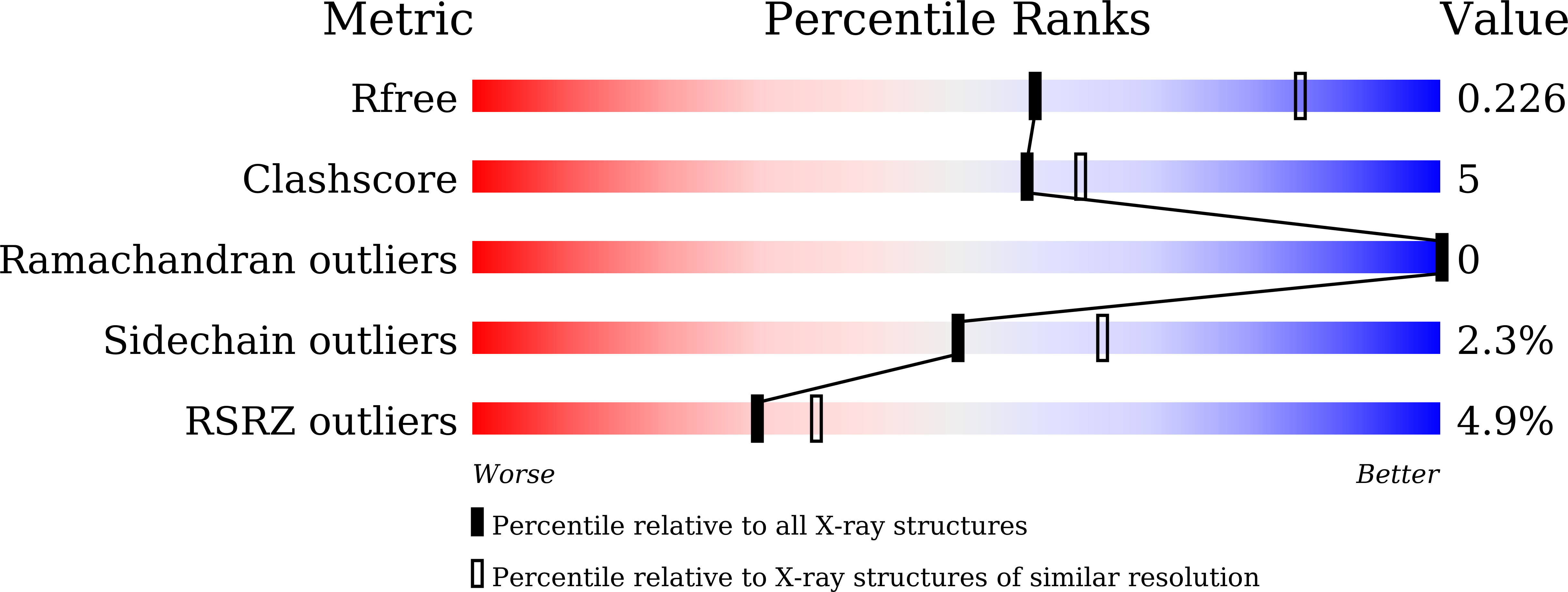
Deposition Date
2021-03-08
Release Date
2022-02-16
Last Version Date
2023-11-29
Method Details:
Experimental Method:
Resolution:
2.55 Å
R-Value Free:
0.23
R-Value Work:
0.20
R-Value Observed:
0.20
Space Group:
P 1 21 1


